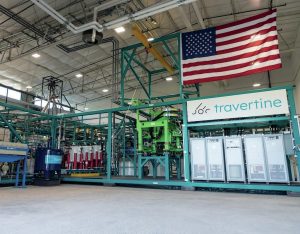
First production from Ghasha “within months”
First gas from Abu Dhabi’s 1.5 billion cfd Ghasha sour gas concession will be reached in early 2026, according to project partner PTTEP. The gas will come from the first phase 340 million cfd Dalma development. The Ghasha project is being developed by ADNOC (70%), Eni (10%), Thailand’s PTTEP (10%) and Russia’s Lukoil (10%). The outlook, published in PTTEP’s Q3 results, is a more cautious assessment than that provided by Eni in its own Q3 results. Eni said it was optimistic that the development would start up by the end of 2025.





